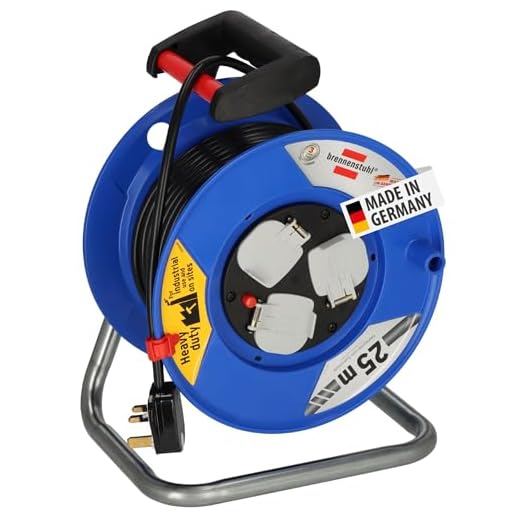
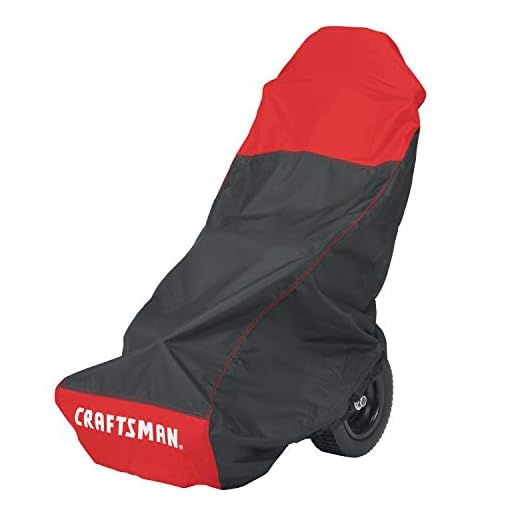


Draining all water from the system is paramount. After each use during the colder months, disconnect any hoses and run the machine briefly to ensure no residual fluid remains. This simple action drastically reduces the risk of freeze damage.
Utilising antifreeze solutions designed specifically for cleaning devices is a proactive measure. These products prevent moisture from freezing within the pump and hoses. Ensure that the chosen antifreeze is safe for your model and follow the manufacturer’s instructions for application.
Storing equipment indoors, away from harsh winter elements, aids in longevity. Preferably, place it in a heated area where temperatures remain above zero. If indoor storage isn’t feasible, consider using an insulated cover specifically designed to shield machinery from frigid temperatures.
Regular inspection and maintenance during the off-season, focusing on seals and connections, is essential. Ensuring that every part remains in optimal condition helps avert unexpected failures once warmer weather returns.
Strategies for Safeguarding Your High-Pressure Cleaning Machine Against Severe Cold
Utilising antifreeze solutions specific to high-pressure equipment is crucial. Ensure the fluid is safe for the internal components and follows manufacturer guidelines for effective fluid replacement.
- Maintain a consistent room temperature in the storage area, ideally around 10°C (50°F) or higher.
- Use insulated covers tailored for your device to shield it from extreme outdoor conditions.
- Drain all water from the system after each use, including hoses, wands, and soap tanks.
- Store any attachments and accessories indoors to avoid condensation and freezing issues.
- Add a heating pad around sensitive components if the unit cannot be relocated to a warmer environment.
Keeping your unit in a garage or shed insulated with foam board can significantly reduce temperature fluctuations that lead to freezing. For those who have access to a climate-controlled space, placing the equipment indoors is ideal. Alternatively, if you must leave your cleaning device outdoors, consider making a dedicated insulated box to keep it protected.
- Schedule routine checks during chillier months to verify that all systems function correctly.
- Inspect for any leaks that could freeze and expand, leading to devastating damage.
- Consider using a timer or thermostat-controlled heater to maintain a stable temperature around the unit if it must be stored in an unheated area.
Implementing these strategies not only prolongs the life of your cleaning apparatus but also ensures it’s ready for use at the first sign of spring.
Understanding the Risks of Frost Damage
The internal components of your cleaning unit, particularly the pump and hoses, are highly susceptible to low temperatures. Water remaining in these parts can expand as it freezes, leading to cracks and irreversible damage.
Condensation is another factor. It can accumulate inside the motor or other electrical parts, causing short circuits when temperatures drop. This moisture can lead to rust development, further deteriorating the durability of the equipment.
Inspect regularly for any signs of wear, particularly at junctions and connections where water might linger. Storing the equipment in a heated area, such as a garage, reduces exposure significantly. If indoor storage isn’t possible, consider insulating it with thermal blankets specifically designed to withstand cold conditions.
Avoid using the machine if temperatures dip below freezing. Operating a unit under these conditions can exacerbate existing vulnerabilities, risking costly repairs. Always drain the unit thoroughly after use to minimise water retention in winter months.
Taking these proactive measures ensures longevity and reliable performance of your washing device throughout the seasons.
Choosing the Right Location for Winter Storage
Identify an indoor space that remains consistently warm and dry. A garage or basement is ideal, as these areas typically maintain a stable temperature above freezing. Avoid attics or uninsulated sheds where temperatures can fluctuate drastically.
Ensure the selected area is also well-ventilated. Stagnant air can lead to moisture buildup, increasing the risk of corrosion and damage over time. Place the device on a moisture-resistant surface such as a concrete floor or wooden platform to prevent contact with potential water pooling.
Proximity to Heating Sources
Avoid placing the equipment too close to direct heat sources, such as radiators or heaters. Excessive heat can cause components to warp or degrade. Instead, aim for a location that benefits from ambient warmth without risking exposure to extreme temperature variations.
Accessibility and Protection
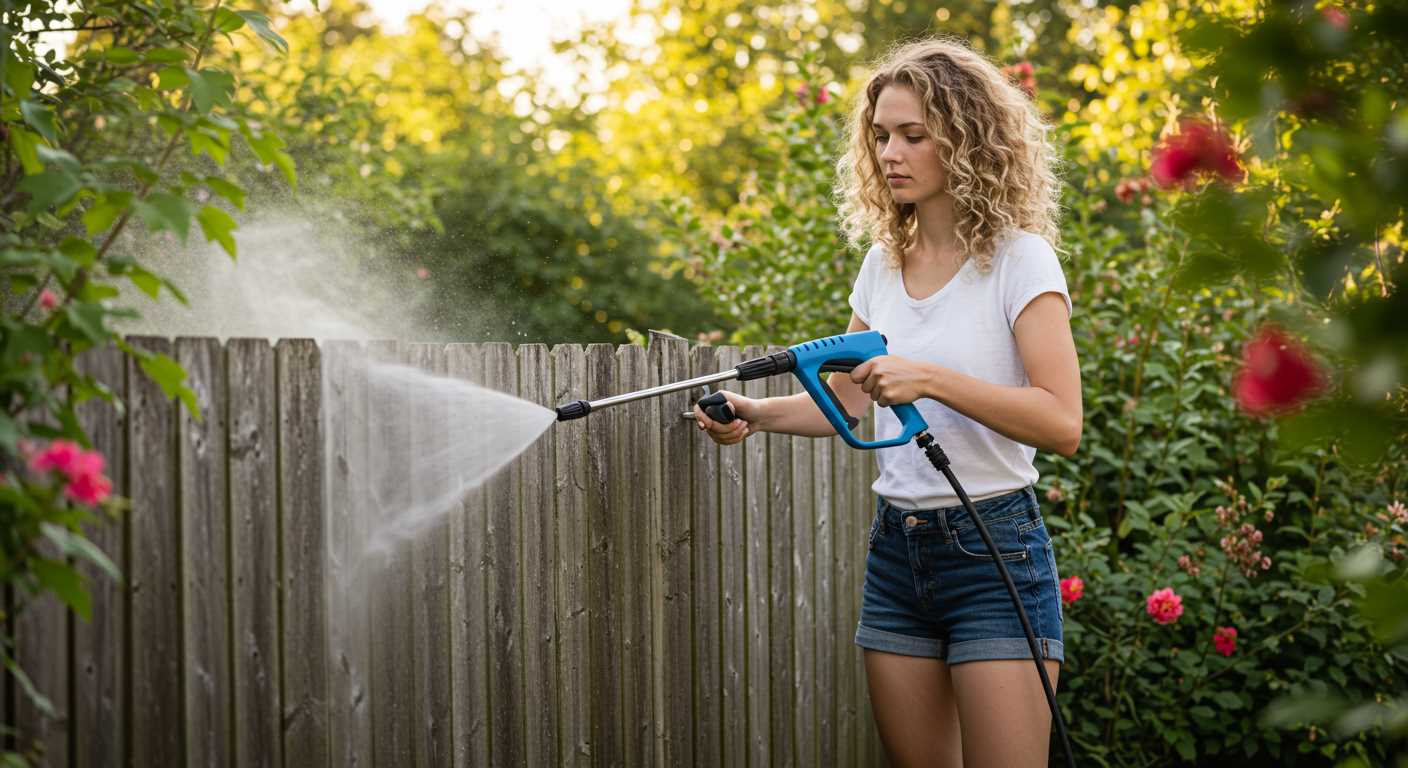
Keep the storage space accessible to facilitate regular checks and maintenance. Additionally, cover the unit with a breathable fabric to safeguard against dust while allowing any trapped moisture to escape. This simple step adds a layer of protection without suffocating the equipment.
Drainage Techniques to Prevent Ice Formation
Ensure all water is completely expelled from the system after use. Begin by disconnecting the hose and nozzle, allowing any residual liquid to drain freely. For machines equipped with a nozzle cleaner, utilise it to dislodge any trapped water.
Following this, consider employing a pump to effectively remove any hidden moisture within the unit’s components. A small, submersible pump can be particularly handy for this task, making the job simpler and more thorough.
Systematic Winter Preparation
Utilise antifreeze solutions designed for pressure equipment. Dilute accordingly and run the mixture through the machine to see if any remaining water gets displaced. This will further minimize the possibility of freezing.
Regular Maintenance Checks
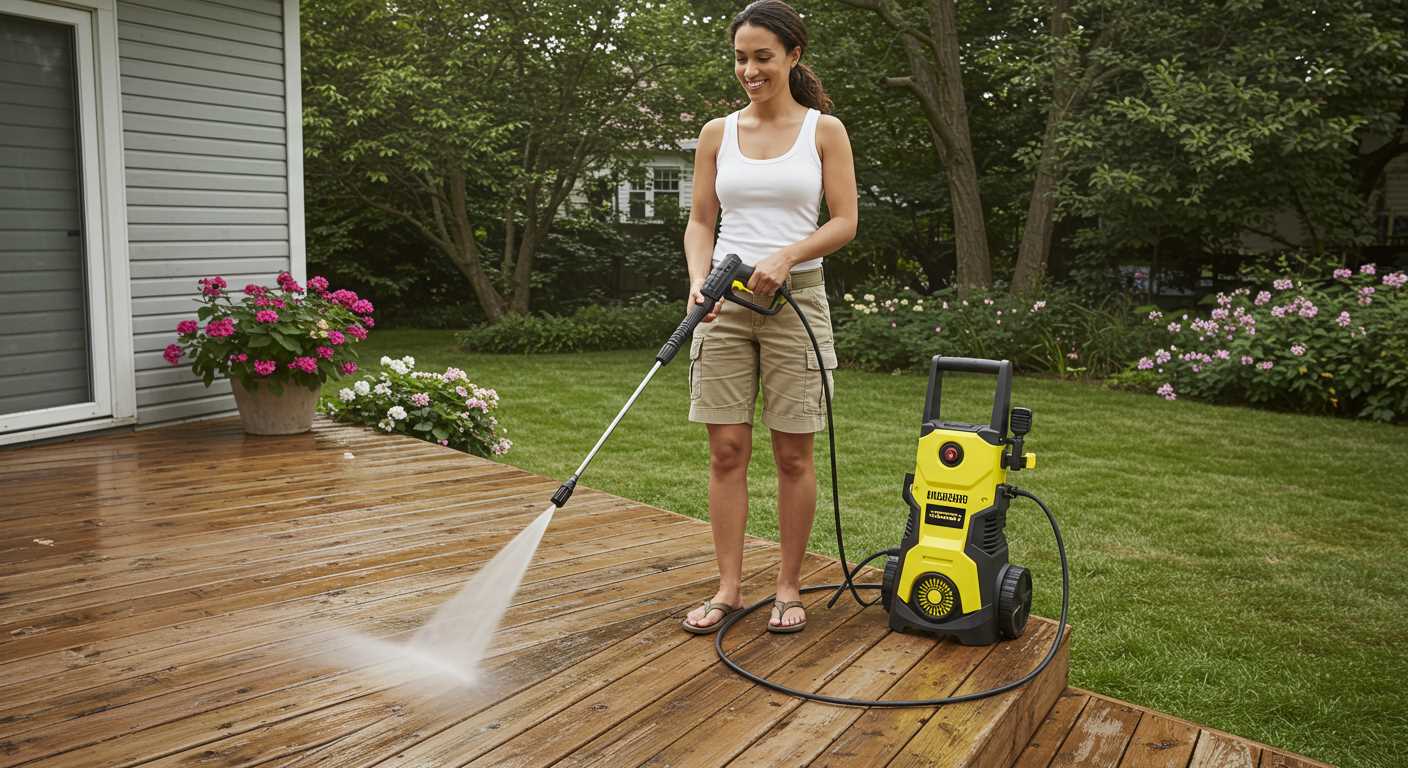
Conduct end-of-season checks to ensure no blockages or debris is obstructing water flow. Keeping pathways clear supports better drainage during winter months. If necessary, store the unit in an elevated manner to promote any potential runoff.
| Technique | Description |
|---|---|
| Complete Draining | Remove hose and nozzle, allowing natural drainage |
| Pumping | Use submersible pump to eliminate trapped moisture |
| Antifreeze Application | Run antifreeze mixture through system to displace water |
| Regular Maintenance | Cleansing of pathways ensures effective drainage |
Implementing these strategies will decrease the risk of ice accumulation, ensuring longevity and functionality throughout winter. Being diligent in these actions will save considerable time and repair efforts in the upcoming seasons.
Using Protective Covers and Insulation
Choosing high-quality protective covers is crucial for safeguarding equipment during cold spells. Look for covers crafted from waterproof, breathable materials that resist moisture accumulation while offering insulation against frigid temperatures. Custom-fit designs ensure complete coverage, minimizing the risk of air pockets that could lead to freezing.
Materials for Insulation
When considering insulation, opt for thermal blankets or wraps specifically designed for outdoor machinery. These products should utilise insulating layers that trap heat effectively. Reflective materials offer an added benefit by reflecting warmth back towards the unit, creating a barrier against extreme cold.
Additional Protective Measures
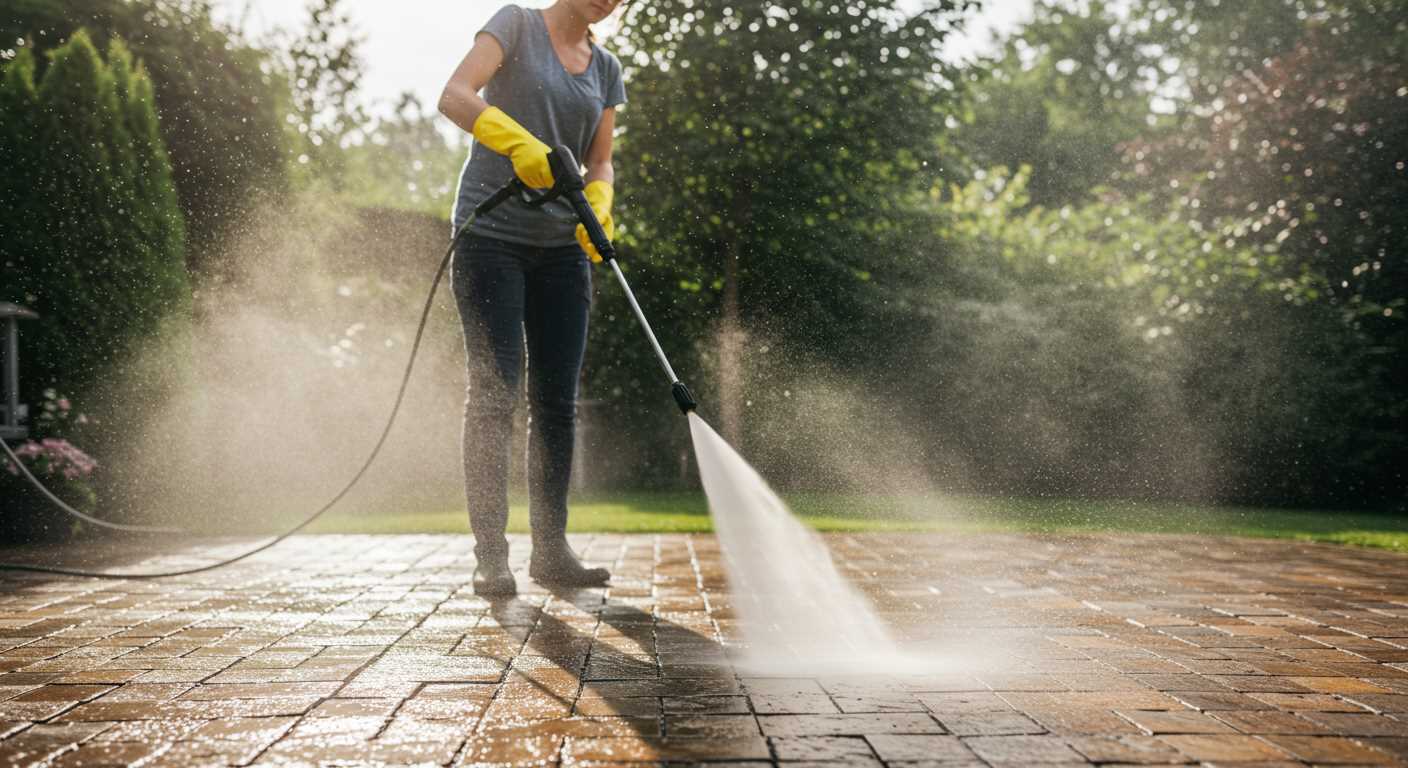
For those with storage concerns, combining a cover with insulation creates a formidable shield. Supplement these strategies by securing a tarp over the entire setup, providing an extra layer of defence against harsh weather elements. Regularly inspecting covers for wear and tear ensures continued reliability throughout the winter months.
Winterisation Steps for Your Pressure Washer
Firstly, ensure all residual water is expelled. Begin by disconnecting the garden hose and any attachments. Activate the unit to let it run for a few minutes to eliminate moisture inside the pump. Follow this by introducing a winterising fluid specifically designed for this purpose. This lubricates internal components and prevents corrosion while providing protection against freezing.
Oil Maintenance
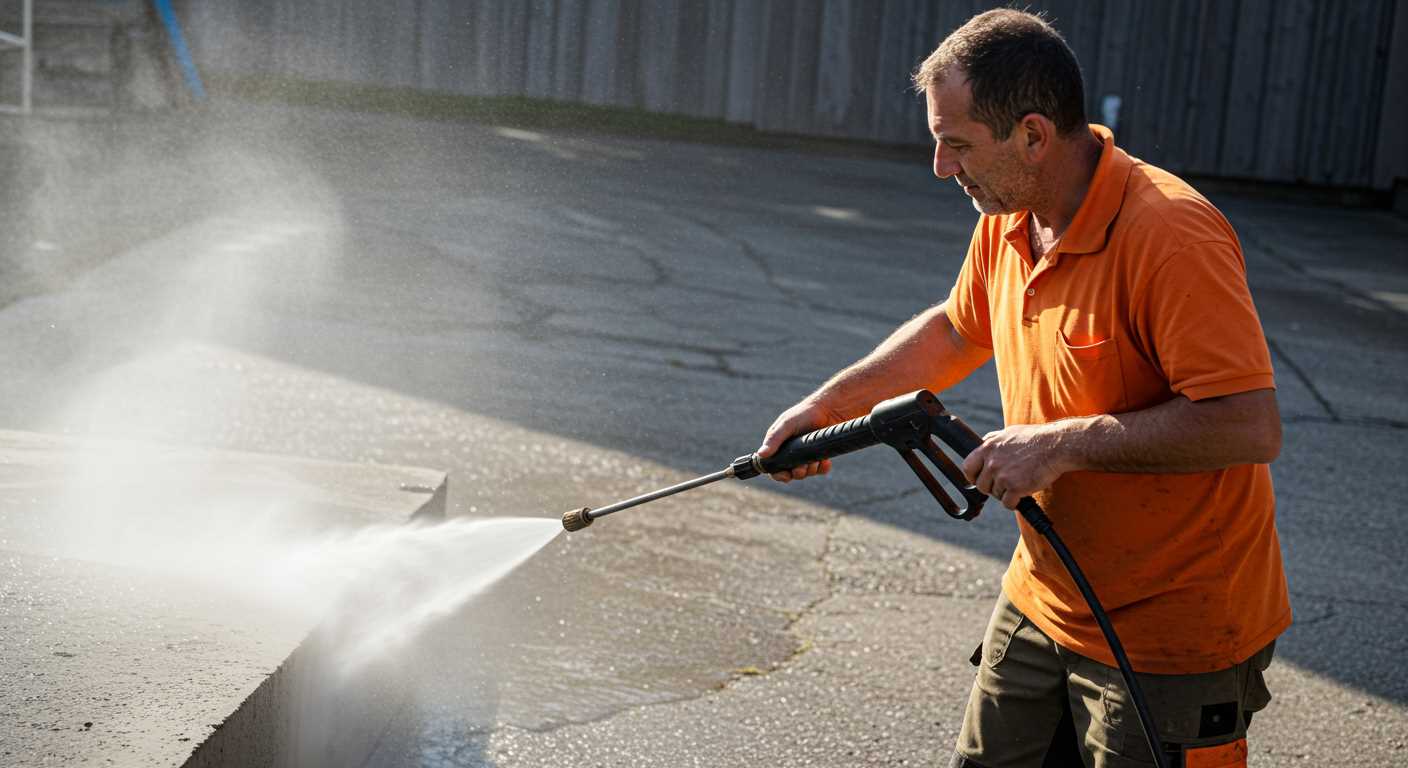
Check the oil level and replace it if needed, using the manufacturer’s recommended type. Changing the oil before storage clears out impurities and enhances the overall longevity of the machine.
Battery Care
- If the unit is electric and equipped with a battery, remove it and store it in a warm location.
- Regularly charge the battery over the winter months to prevent complete drainage.
Clean the unit’s components thoroughly, including filters and nozzles, to ensure optimum performance when you bring it back into service. Store in a temperature-controlled area, shielded from extreme cold. Use a designated cover to guard against dust and pests while preventing moisture build-up.
Signs of Frost Damage to Watch For
Cracks in the housing or pump components are immediate indicators of potential harm. These splits typically occur due to the freezing and expansion of residual water inside. If you notice any visible fractures, it’s time to evaluate the unit closely.
Leaking Fluids
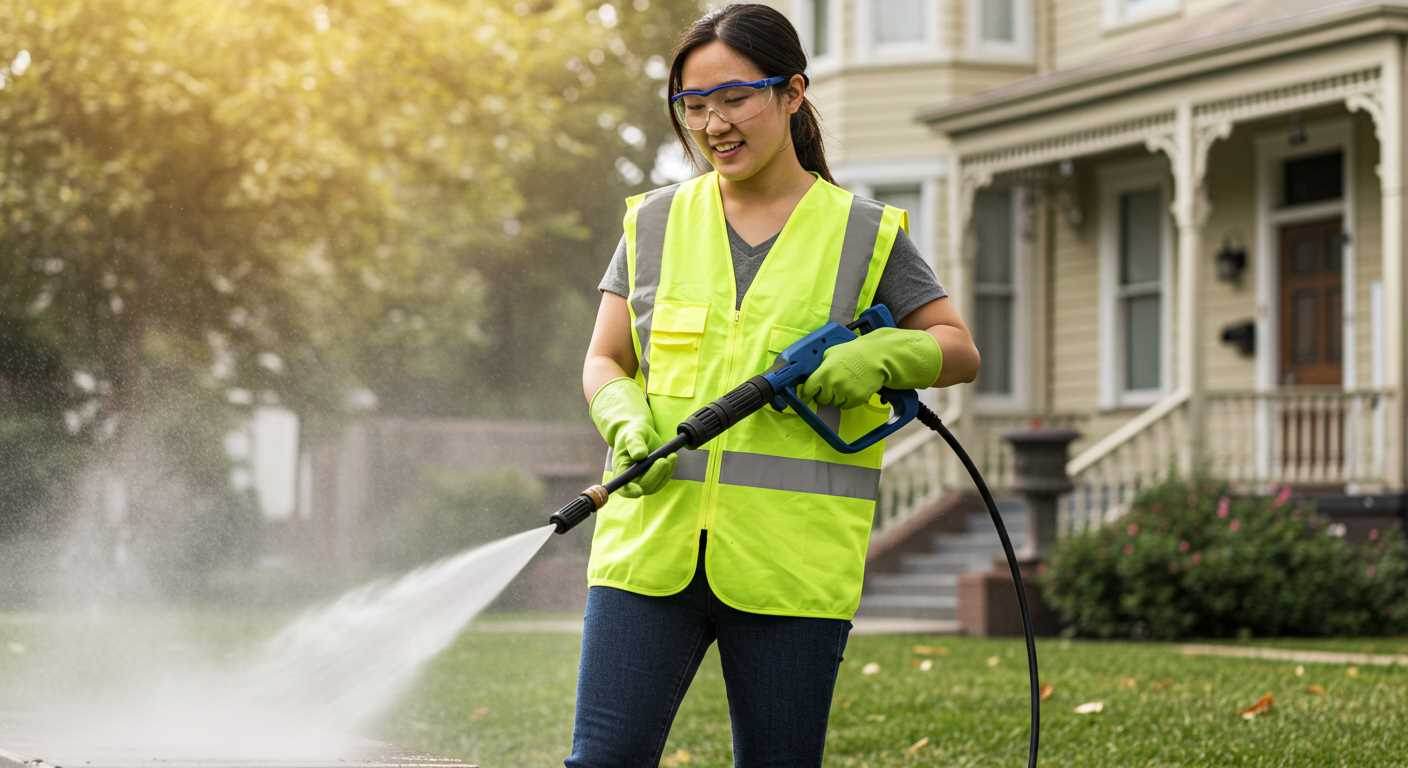
If there are unusual puddles beneath the machine, it signifies a compromised seal or component. Frozen water can lead to ruptured tubes or joints, resulting in leaks that may not be apparent right away. Regularly check for any lingering fluid under where the device is stored.
Unresponsive Start Mechanism
If the machine refuses to turn on or exhibits irregular behaviour during operation, it could indicate internal issues caused by low temperatures. Be alert to any unusual sounds, such as grinding or rattling, which might point to internal parts being dislodged or damaged by ice formation.







